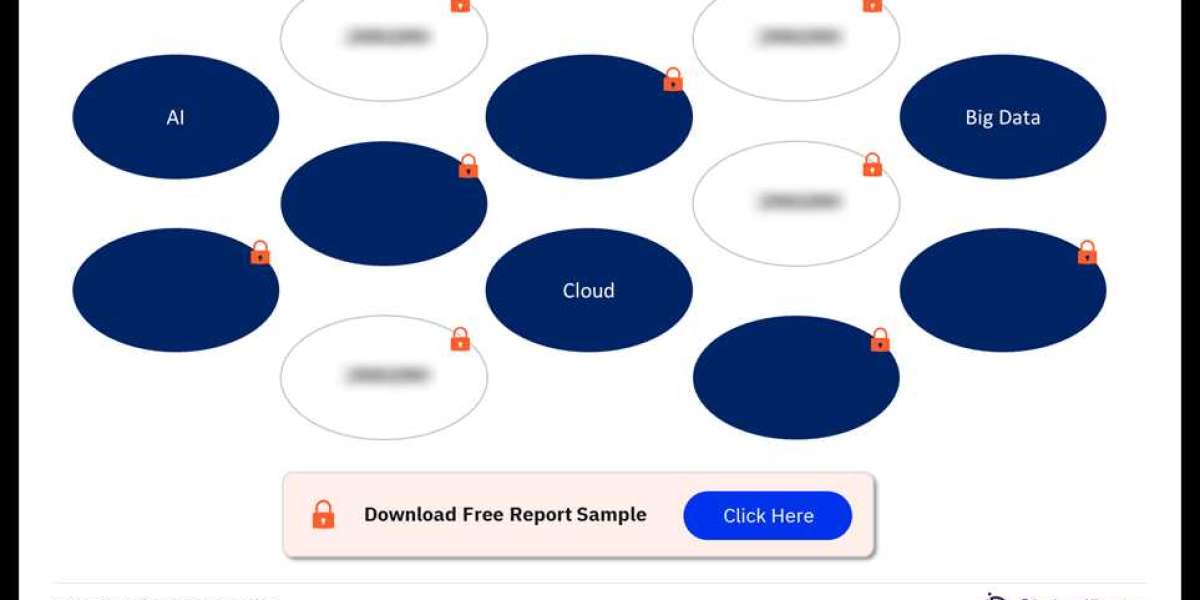L’Oréal SA, one of the world's largest beauty companies, has embraced digital transformation to stay ahead in an increasingly tech-driven market. With evolving consumer behaviors, the rise of e-commerce, and the growing power of digital technologies, L’Oréal has successfully integrated digital strategies across its operations. This article explores the key elements of L’Oréal’s digital transformation strategy and how it continues to set benchmarks for the global beauty industry.
1. Customer-Centric Digital Innovation
At the heart of L’Oréal’s digital transformation is a customer-first approach. The company has invested heavily in creating personalized experiences by leveraging data analytics and artificial intelligence (AI). By analyzing customer preferences and behavior, L’Oréal delivers customized product recommendations across its digital platforms, enhancing user engagement and satisfaction.
One of the most notable innovations is the use of AI-powered tools such as the ModiFace virtual try-on technology. This tool allows users to virtually try different makeup looks through augmented reality (AR) before making a purchase. By integrating this technology into their e-commerce platforms, L’Oréal has dramatically improved the online shopping experience, reducing return rates and increasing customer confidence.
2. E-commerce Acceleration
With the global shift towards online shopping, especially during the COVID-19 pandemic, L’Oréal has placed a strong emphasis on expanding its e-commerce presence. In 2020, the company reported that e-commerce accounted for 26.6% of its total sales, up from 15.6% in 2019. This growth was a direct result of L’Oréal’s proactive approach to e-commerce expansion.
L’Oréal has also partnered with major online marketplaces such as Amazon, Alibaba, and JD.com to ensure its products are available on all leading digital platforms. The company’s “Direct-to-Consumer” (DTC) strategy further reinforces this e-commerce focus by enabling customers to purchase products directly from L’Oréal’s official websites. This omnichannel approach has been critical to maintaining consumer trust and loyalty while driving revenue growth.
3. Leveraging Data and AI for Precision Marketing
L’Oréal has embraced the use of big data and AI to fine-tune its marketing efforts. By collecting and analyzing vast amounts of consumer data, the company can deliver highly targeted advertisements and content that resonate with specific demographics. L’Oréal’s precision marketing tactics include personalized product recommendations, dynamic retargeting ads, and influencer-driven campaigns, which have boosted its brand visibility and conversion rates.
In addition, L’Oréal uses AI-driven insights to optimize supply chains, predict market trends, and tailor its product offerings to regional demands. The result is a more agile, responsive business model that meets the needs of its global consumer base more efficiently.
4. Sustainability Through Digitalization
L’Oréal has committed to sustainable practices, and digital transformation plays a key role in achieving these goals. The company has launched several initiatives aimed at reducing its carbon footprint, including using digital tools to streamline production processes and minimize waste. L’Oréal’s sustainability efforts are aligned with its broader digital transformation, ensuring that digital tools not only improve customer experiences but also contribute to the company’s environmental responsibility.
L’Oréal’s Sharing Beauty With All program is a prime example of how sustainability and digitalization intersect. Through this program, the company tracks and reports on its environmental impact using digital dashboards, ensuring transparency and accountability in its sustainability journey.
5. Artificial Intelligence and Research Development
The beauty industry thrives on innovation, and L’Oréal has integrated AI into its Research Development (RD) process to create cutting-edge products. By using AI algorithms, L’Oréal can analyze consumer feedback, social media trends, and emerging market needs to inform its product development pipeline. This technology-driven approach enables L’Oréal to stay ahead of beauty trends and meet consumer demands with products that are both timely and relevant.
Additionally, AI aids in product testing, where virtual models simulate the effects of skincare products on various skin types and tones. This digital innovation not only accelerates the RD process but also reduces the need for physical trials, aligning with L’Oréal’s sustainability goals.
6. Building Digital Skills and Culture
L’Oréal understands that a successful digital transformation is not just about technology—it’s about people. To foster a digitally-savvy workforce, the company launched the L’Oréal Digital Upskilling Program. This initiative equips employees with the skills and knowledge needed to thrive in the digital age. From social media marketing to data analytics, L’Oréal has invested in training programs to ensure its workforce is prepared for the future.
By embedding a digital culture across the organization, L’Oréal has been able to rapidly adapt to market changes, maintain its competitive edge, and drive innovation at every level.
7. Collaborating with Tech Giants
L’Oréal has also built strategic partnerships with some of the biggest names in technology. Collaborations with companies like Google, Facebook, and Amazon have enabled L’Oréal to harness cutting-edge digital tools, improve its advertising strategies, and enhance the overall customer experience. These partnerships have been instrumental in elevating L’Oréal’s digital capabilities, from AI-powered product recommendations to advanced digital marketing tactics.
Buy the Full Report to Know About Other Technology Themes Under Focus for the Company







